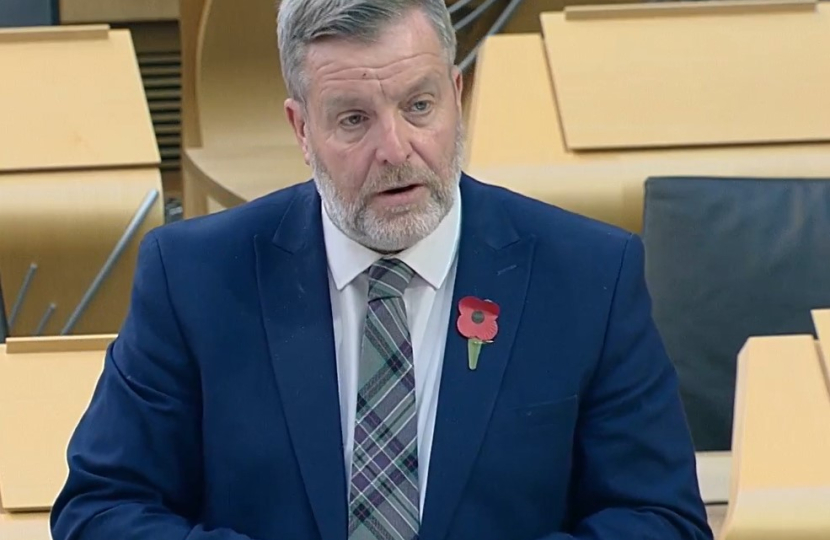
Yesterday, I gave a speech in parliament urging the Scottish Government to do more to tackle invasive non-native species. Invasive non-native species are are one of the five principal drivers of of global biodiversity loss and creates significant pressure for Scotland's biodiversity.
Dumfries and Galloway is by no means an exception. The Galloway Fisheries Trust has been running a control programme across the region for the last two years, and was initially funded by the Nature Restoration Fund. Despite the fact that it scored highly and Nature Scot were keen to support it, the funding was cut. Thankfully, it has secured funding from the National Lottery and the Kilgallioch Windfarm Community Trust for the next three years. The project, known as Scottish INNS Control and Knowledge Programme, has been delivering strategic and coordinated control of American Skunk Cabbage, Japanese Knot weed and giant Hogweed. Having initially controlled the INNS to a manageable level, the Galloway Fisheries Trust is now prioritising this type of work because it is clear how serious the biodiversity impact the INNS are having on local habitats and ecology, especially fresh water.
Another example is the fisheries trust raising concerns with AMEY, the trunk road maintenance company. Knotweed is rife right along the A75 and no work has been carried out to get it under control. It is important to note that INNS control is supposed to be a Scottish Government priority. The fisheries trust has now surveyed the area and mapped all of the knotweed. As a result, Amey have agreed to undertake the necessary control from this year forward.
Prevention, surveillance, eradication and control of invasive non-native species in Scotland has been inconsistent and sadly best practice is not always being followed. Historically, Scotland has suffered a high level of nature and biodiversity loss and unless we get our act into gear, we face further species loss in the future.



